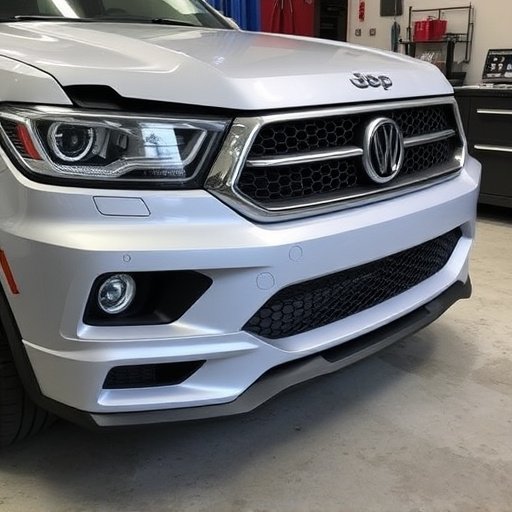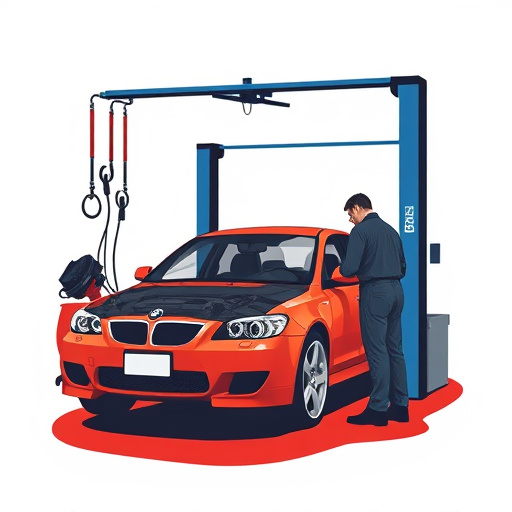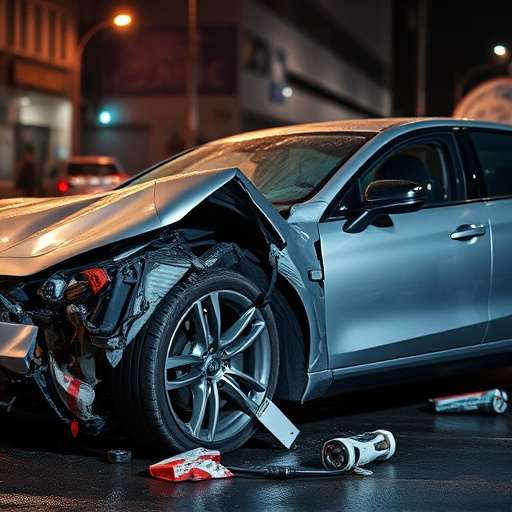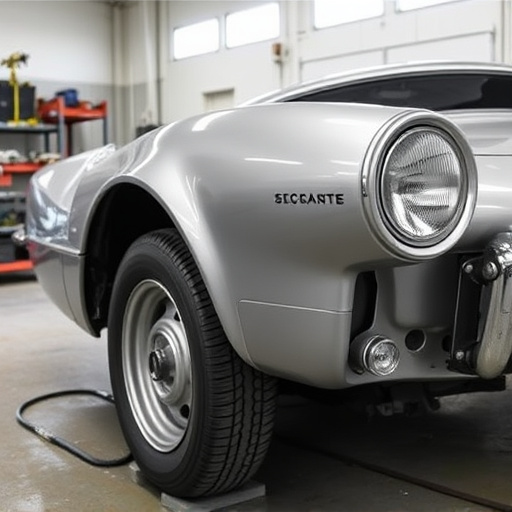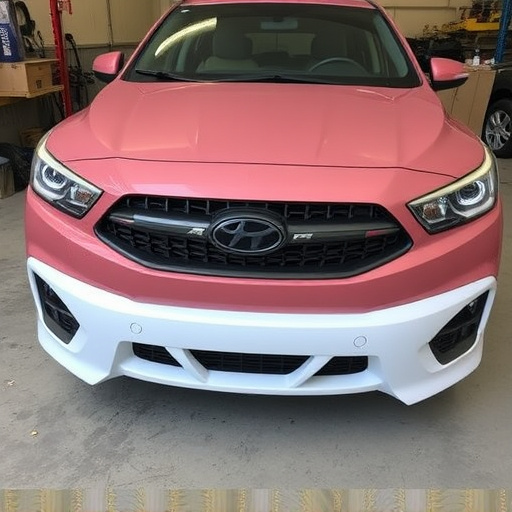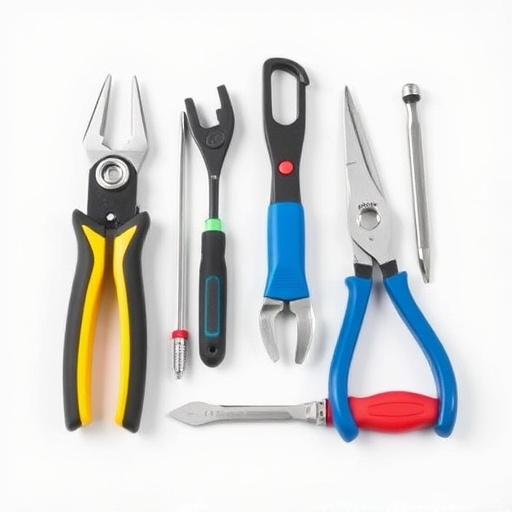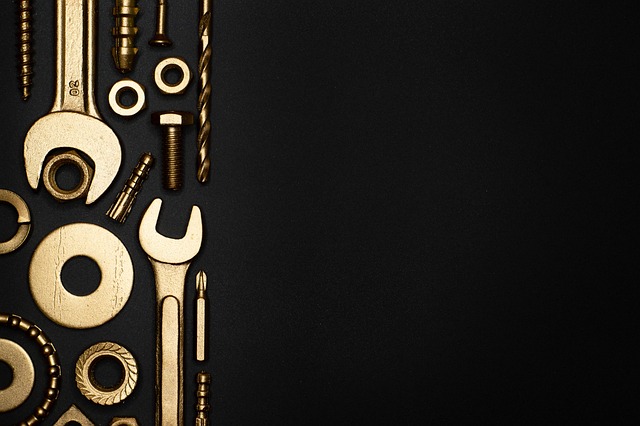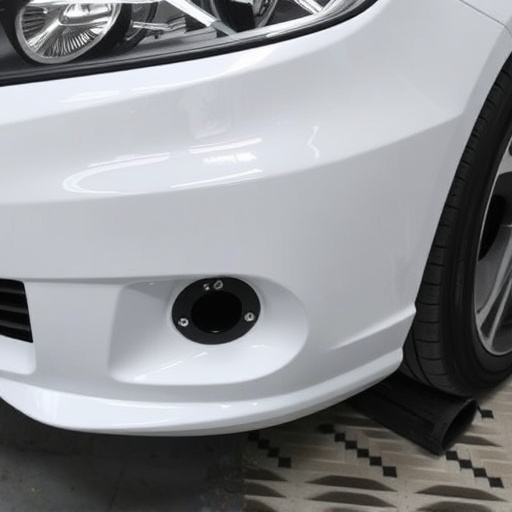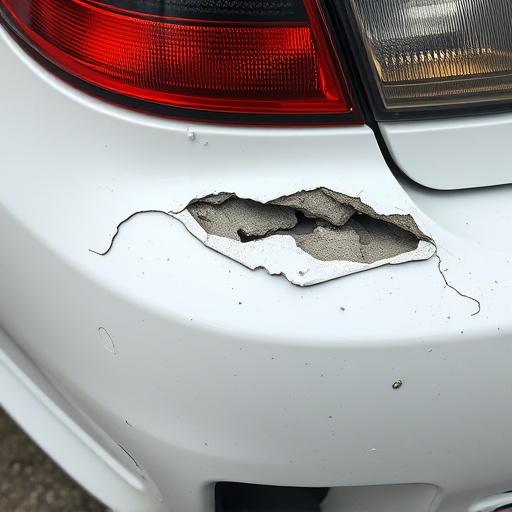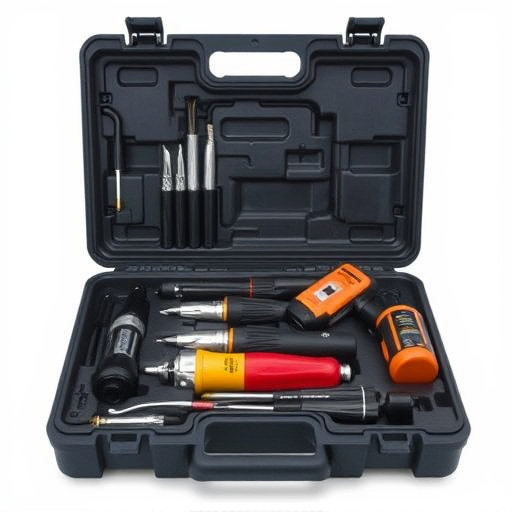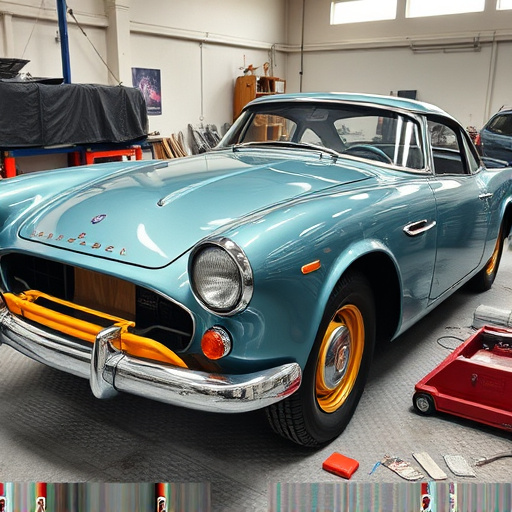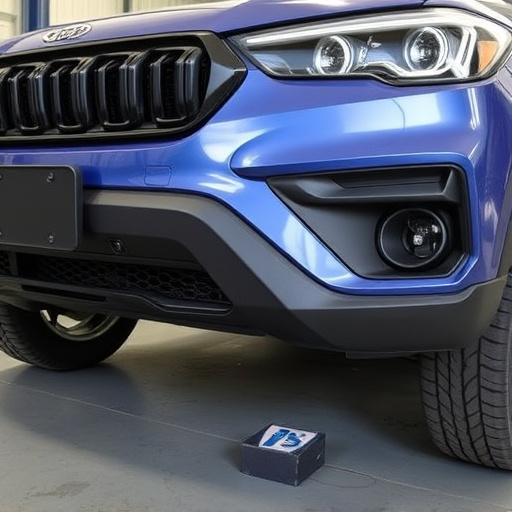Seamless rain sensor glass repair demands specialized tools, expertise, and precision techniques from professionals using high-quality parts. DIY repairs without proper training or equipment can cause further damage, while incompatible or low-grade components may compromise system integrity. Best practices include meticulous preparation, cleaning, sealing, and regular maintenance for long-lasting functionality. Following these guidelines ensures optimal rain-sensing technology performance for years, similar to expertly restored auto body work.
“Discover the art of mastering successful rain sensor glass repairs with our comprehensive guide. From understanding the intricate core components that make these glasses functional to unmasking secrets for seamless fixations, this article is your go-to resource. Learn about the techniques, tools, and best practices essential for long-lasting results. Avoid common mistakes and unlock the expertise needed to effectively repair rain sensor glass, ensuring optimal performance and longevity.”
- Understanding Rain Sensor Glass: The Core Components and Their Functionality
- Uncovering the Secrets to Seamless Repairs: Techniques and Tools Required
- Common Mistakes to Avoid and Best Practices for Long-Lasting Results
Understanding Rain Sensor Glass: The Core Components and Their Functionality
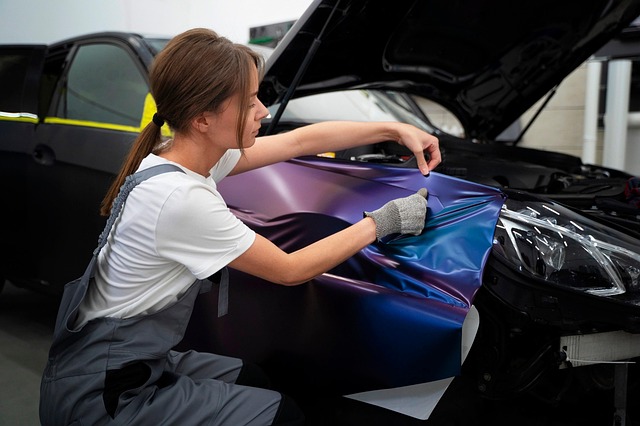
Rain sensor glass, a cutting-edge feature in modern vehicles, plays a vital role in enhancing driving safety and comfort. At its heart, this technology comprises several key components working in harmony. The primary element is the actual rain sensor, usually located on the front windshield or headlamps, responsible for detecting precipitation. This sensor uses various methods, such as infrared or capacitive technology, to measure water droplets’ density and determine when wiper activation is necessary.
The information gathered by the sensor is then transmitted to the vehicle’s control unit, which acts as the central command center. This unit interprets the data and activates the windshield wipers at the appropriate time, ensuring a clear view for the driver during rainy conditions. Additionally, some advanced systems may include features like automatic headlamp activation and adaptive cruise control to further optimize driving in adverse weather. Understanding these core functionalities is crucial when undertaking rain sensor glass repairs, as any malfunction can significantly impact vehicle performance and safety, warranting prompt attention from auto bodywork specialists or auto glass repair professionals.
Uncovering the Secrets to Seamless Repairs: Techniques and Tools Required

Uncovering the secrets to seamless rain sensor glass repair involves a blend of specialized techniques and tools. Professional technicians rely on a keen understanding of automotive technology, coupled with precise instruments like microscopes for intricate examinations and high-quality replacement parts tailored to specific models. This meticulous approach ensures that every component is accurately aligned, preserving not just the functionality but also the aesthetic integrity of the car’s collision repair services.
The process demands a delicate balance between skill and innovation. Advanced tools facilitate precise cuts, seamless installations, and secure bonding, eliminating any risk of water seepage or malfunctioning sensors. By leveraging these techniques and keeping up with advancements in automotive repair, experts deliver top-notch car bodywork solutions, ensuring drivers stay safe and dry on the road.
Common Mistakes to Avoid and Best Practices for Long-Lasting Results

When it comes to rain sensor glass repairs, there are common pitfalls that can lead to subpar results and premature damage. One of the biggest mistakes is attempting DIY repairs without proper training or tools, as this can cause further issues and compromise the integrity of your vehicle’s system. Using incompatible or low-quality parts is another frequent error; always opt for original equipment manufacturer (OEM) sensors for guaranteed compatibility and longevity.
Best practices for long-lasting rain sensor glass repair include meticulous preparation and attention to detail. This involves thoroughly cleaning the area, ensuring no debris or contaminants remain. Proper sealing and weatherproofing are also crucial, as these measures protect against moisture ingress, a common cause of sensor malfunction. Regular maintenance and inspections can prevent issues from arising in the first place, ensuring your car’s rain-sensing technology functions optimally for years to come, just like expertly executed auto body restoration or repair work.
Rain sensor glass repairs, while seemingly simple, require a deep understanding of their core components and precise techniques. By mastering these seven secrets, you can achieve seamless and long-lasting repairs, ensuring your vehicle’s windows remain clear and functional in all weather conditions. Remember, the key to successful rain sensor glass repair lies in the right tools, meticulous attention to detail, and avoiding common pitfalls.
